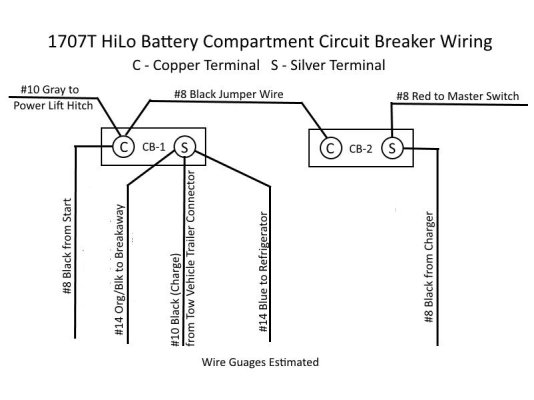motorpig2342
Senior Member
Well, that's where the Master Switch and the Lift Switch are supposed to be. The lift switch in my trailer is white and is spring loaded to the center (neutral) position. The Master Switch is black and has three positions - Up (interior), Middle (travel) and Down (Lift System activated). It will stay in any of those three positions.
Yes, DO trace that red wire! And, see my post just before your last one.
- Jack
Good to know. Time to get on Amazon and start finding those switches. Thanks.


